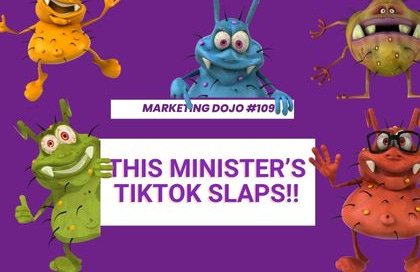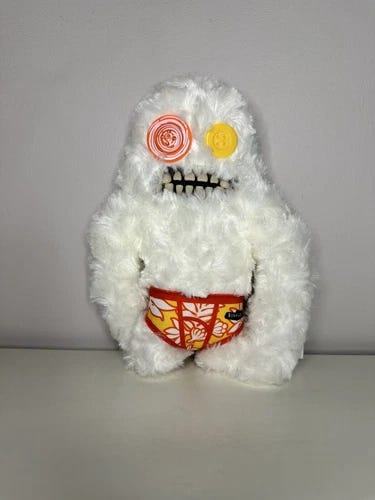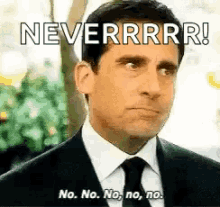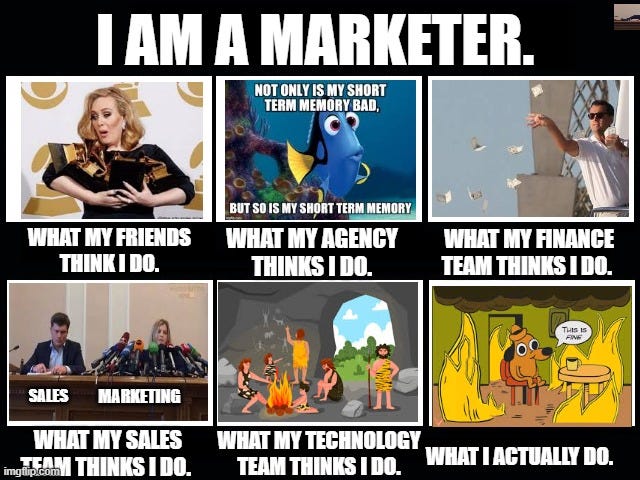Marketing Dojo #109: 🔥 The Health Minister Released a Banger 🎬
An entertaining public service ad, creativity compounds, Google's take on retail media and more.
You know what my daughter wanted for her birthday?
A Fuggler.
It looks like this:
Basically, if a Yeti had botched-up denture implants.
But apparently, uglycore is in. Forget plush bunnies and perfect dolls. Gen Z and Alpha crave these chaotic little misfits.
Take Labubu 3.0. It was sold via a lucky draw, not because it was free, but because the demand outstripped the supply. No add-to-cart. No checkout. Just pray and hope.
For a generation tired of filtered perfection, ugly is the new authentic.
And for Popmart, the makers of Labubu, authenticity is profitable: 189% YoY profit growth in 2024.
If that piqued your curiosity, you're in the right dojo.
This week we cover:
🎬 Creative Excellence: Anti-vaping message for Gen Z
💥 Compounded Creativity
🛒 Google is building retail media without a cart
😅 Meme-time: About us (Marketer’s version)
And more.
Let's dive in.
Serious Message, Entertaining Delivery. It’s Possible.
When was the last time you stopped to watch a government health message?
Exactly. They're usually dull, preachy, and completely forgettable.
But Singapore's Health Minister Ong Ye Kung's TikTok is breaking that mould. Especially this viral video on vaping.
The video, titled "Spilling the tea on why vaping is more toxic than it seems", has over 783K likes and 35K shares. All organic.
It works for one big reason: Just because the message is serious, doesn't mean the delivery has to be.
Here’s what brands can learn:
Platform-native delivery: He showed up where Gen Z lives, in their tone, not his.
Entertainment + education: Solid facts, but wrapped in tight editing, Gen Z humour, and meme logic.
2-way storytelling: Viewers commented. He replied. The loop stayed alive.
Here’s the thing: Serious messages can be fun. Authority can be approachable.
And sometimes, your biggest comms lesson comes from a politician with a TikTok account.
Compound Interest, But Make It Creative
What's new?
It's the question marketers love to chase. New platform. New format. New trend. We're wired to move on to the next big thing.
But there's a much saner way. At a recent creativity and marketing event, someone played the Surf Excel – Share the Load ad.
Turns out, that campaign is 10 years old. A full decade of building on the same platform. That moment stuck with me.
Because it's a reminder of how the best creative work often isn't a one-off—it's a compounding effect. And that brings me to KitKat.
"Take a Break" has been the backbone of its advertising for over 65 years.
The slogan hasn't changed from " Phone Break to Break Brothers to the recent AI Break. But the execution keeps evolving.
Brands such as Surf, Kitkat and Dove reap the benefits of what System1 calls Compound Creativity.
System1 analysed over 4,000 ads across 56 brands and found that the top-performing brands were consistent. And they had 3 things in common:
Consistent positioning
Long-running campaigns
Unified branding across characters, slogans, and platforms
Brands that stayed consistent were more memorable, more creative, and grew faster.
In finance, compounding builds wealth. In marketing, it builds iconic brands. So maybe the real "break" isn't about doing something new.
It's about giving great ideas time to grow.
Retail Media Meets YouTube: A Big Shift for Brands—and Shoppers
At the 2025 NewFronts, Google announced that its Display & Video 360 platform (DV360) will now integrate retail media data into YouTube ads.
It’s a small line with significant implications.
Here’s what’s new:
Retailers like Costco, Regal Cinemas, and United Airlines (via Kinective Media) will now share shopping data with Google. That data, which is privacy-safe and anonymised, will be used to help brands target YouTube viewers based on recent shopping patterns.
In short: That blender you bought last week at Costco? It might inspire your next YouTube ad—say, for protein powder while you’re watching a smoothie tutorial.
From a retailer’s POV, the benefits stack up quickly:
They unlock new revenue stream by providing Google access to their randomised data
They deepen relationships with brands, offering richer targeting and better ROI
They get sharper insights into their own customers’ preferences and purchase cycles
And for Google, this is something more strategic. While it’s not running a retail storefront like Amazon or Walmart, Google is positioning itself as the infrastructure layer for retail media. It doesn’t own the shelves—but it does own the screens.
What makes this a significant move:
YouTube is already a top platform for both brand building and performance ads
Connected TV viewership is booming, with living room screens overtaking mobile in the U.S.
The fusion of retail data + CTV + AI tools in DV360 creates a full-funnel play advertisers haven’t had before
So yes—this is Google’s foray into retail media. Just not in the way we’re used to seeing it.
Think of it as retail media without the cart.
Meme-time: Marketer by Title, Magician by Trade
Last year, I reworked my introduction slide. It is often the life of a marketer.
Marketing (and marketers) are perceived differently across the company's various divisions - some see us as attention hoggers, others as money guzzlers, and worse, some see us as prehistoric.
Our agency partners often sense that we suffer short-term memory loss, toggling between awareness and performance in the same brief.
But we marketers have so many more interesting traits. Excellent crisis management skills being one.
Resonate? Feel free to use/reuse/modify for your introduction.
Short Stuff
Google launched AI Max for Search Campaigns, which enables advertisers to place ads in more relevant searches and automatically create better ad text. (You can retired those keyword lists).
Mark Zuckerberg is actively promoting a future where artificial intelligence chatbots become an integral part of people’s social lives, serving as friends, companions, therapists, and even business agents. (Black Mirror cannot catch up with real life).
Pinterest upgraded its visual search with AI to make fashion discovery more intuitive and personalised. (Using what it calls a Visual Language Model & Gen AI).
That’s a wrap on this week. Thank you for your time and attention. If you made it this far and enjoyed what you read, remember to leave a like. I appreciate your support.
I will see you in your inbox next Wednesday.
Ciao,
Garima










Fuggler - I got to know about them when you told me. Cannot wrap my head around it yeaa. Generations gap is real!